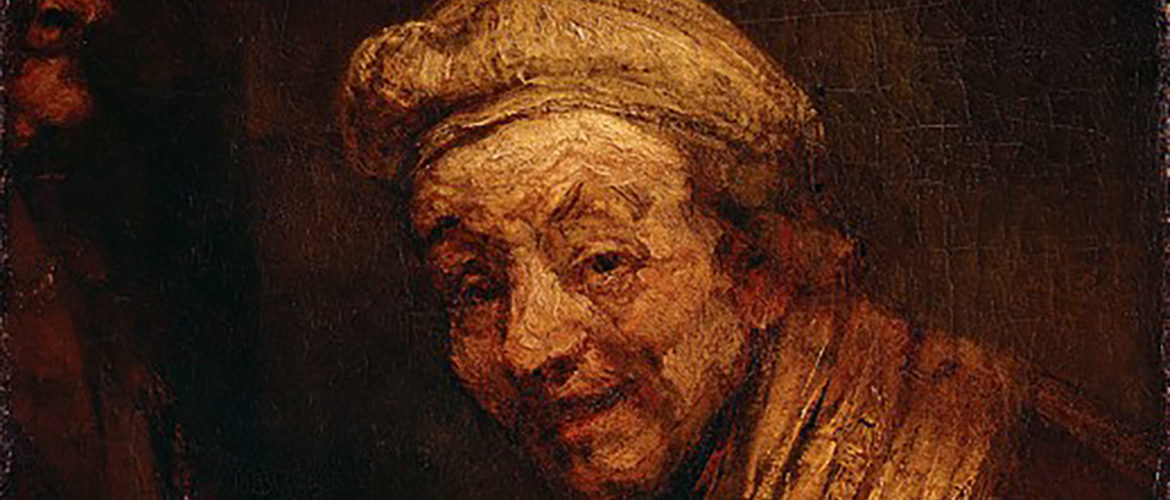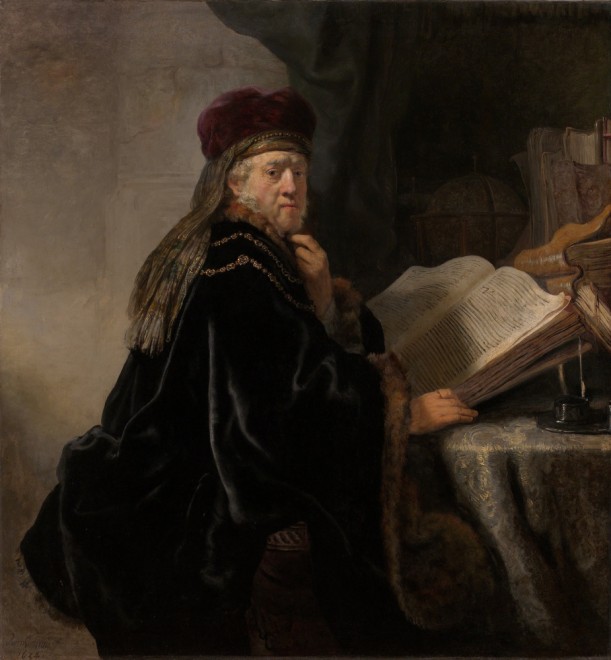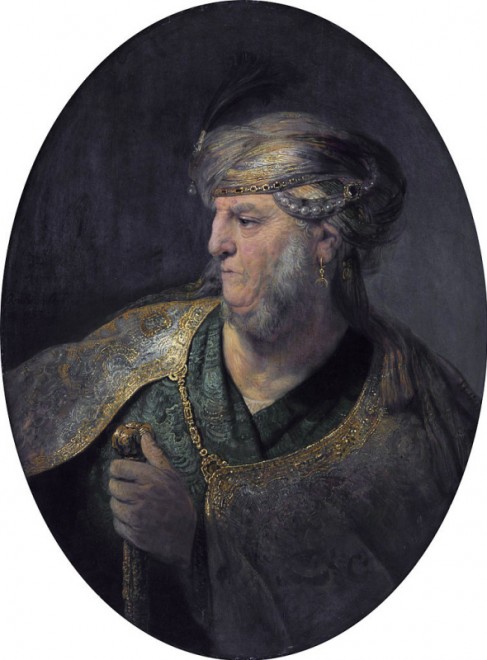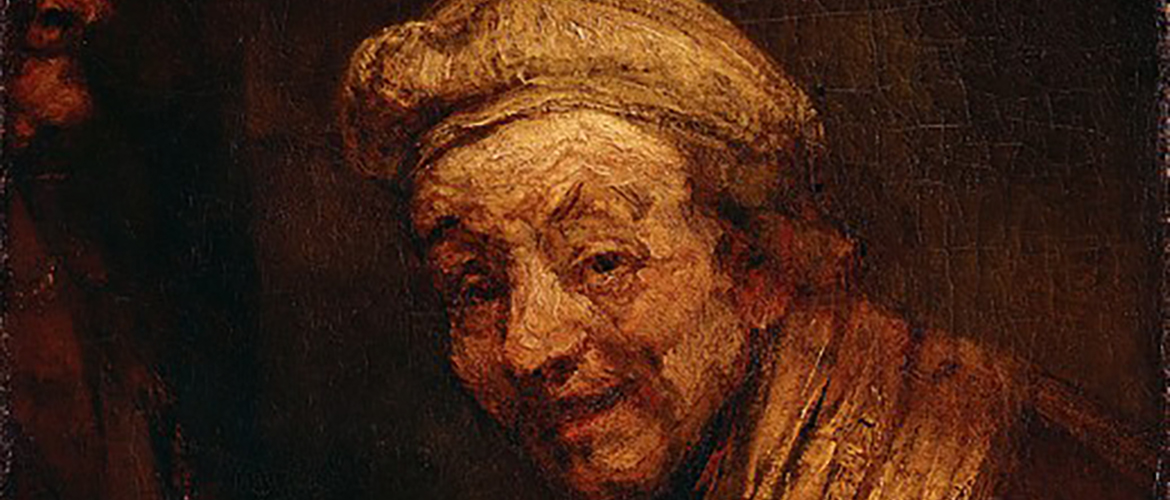Famous Paintings by Rembrandt Will Go to Cologne and Prague

The Wallraf-Richartz-Museum & Fondation Corboud in Cologne and the National Gallery in Prague announced a joint project – an exhibition of famous paintings by Rembrandt, which will be held in 2019-2020. Two well-known and fascinating, but somewhat mysterious artworks will play the leading role in the planned show. It is a thoughtfully contemplative “Scholar at his writing table” from the Prague art collection and mysteriously smiling “Self-portrait as Zeuxis Laughing” from the Cologne museum’s collection.
“Scholar at his writing table” is the only Rembrandt’s painting in the Czech Republic. It is dated 1634, which was a happy year in the Renaissance painter’s personal life and thriving in the career of a 28-year-old artist. He married Saskia van Uylenburgh and gained recognition as a talented portraitist in particular.
This canvas artwork depicts an elderly scientist with attractive features, who was distracted from reading. The objects on the table – a globe, tomes and an inkwell with a pen – evidence his intelligence. Luxury clothing and a gold chain indicate that he is a wealthy man. The identity of the model is unknown, but Rembrandt painted it at least two more times – in Eastern robes and a massive white turban.
The image of a much older Rembrandt from the private collection of the Wallraf-Richartz-Museum is one of the last in a long series of about 70 self-portraits. An artist like nobody else has used himself in psychological studies of the age and condition of the person.
This famous painting by Rembrandt has several interpretations. Some researchers concluded that vaguely distinguishable figure in the left part of the composition is the ancient Roman god Terminus, the patron of boundary markers, reminding the artist of the approaching end of his life. Others saw in this figure crying Heraclitus and in the painter – a supporter of a cheerful approach to life – a contrasting representation of the laughing philosopher Democritus. Finally, others deciphered the mysterious self-portrait as an image of the ancient Greek painter Zeuxis, who, according to the legend, died of laughter when he was commissioned to paint a portrait of a wrinkled, senile old woman in the form of the goddess of beauty and love Aphrodite.
Two famous paintings by Rembrandt – “Scholar at his writing table” and “Self-portrait as Zeuxis Laughing” – do not only define the beginning and end of the career of the Renaissance artist. They are united by the artist’s desire to exalt human existence, raising its image to the level of historical painting. Emotions and intellectual experiences become narrative. The manifestation of scholarship, intelligence, and wisdom of age became the leitmotif of Rembrandt’s work. At the same time, the eminent artist gave his characters both tragic and comic features. His creativity – open and ambivalent in content – is not easy to cover completely. It constantly challenges the audience: both in the past and today.
Selected famous paintings by Rembrandt from leading art galleries and private collections will complement the main exhibits. The show, which working title is “Rembrandt: Drama of the Mind in 5 Acts,” scheduled in Cologne from October 31, 2019, to March 1, 2020, and in Prague – from April to July 2020.



